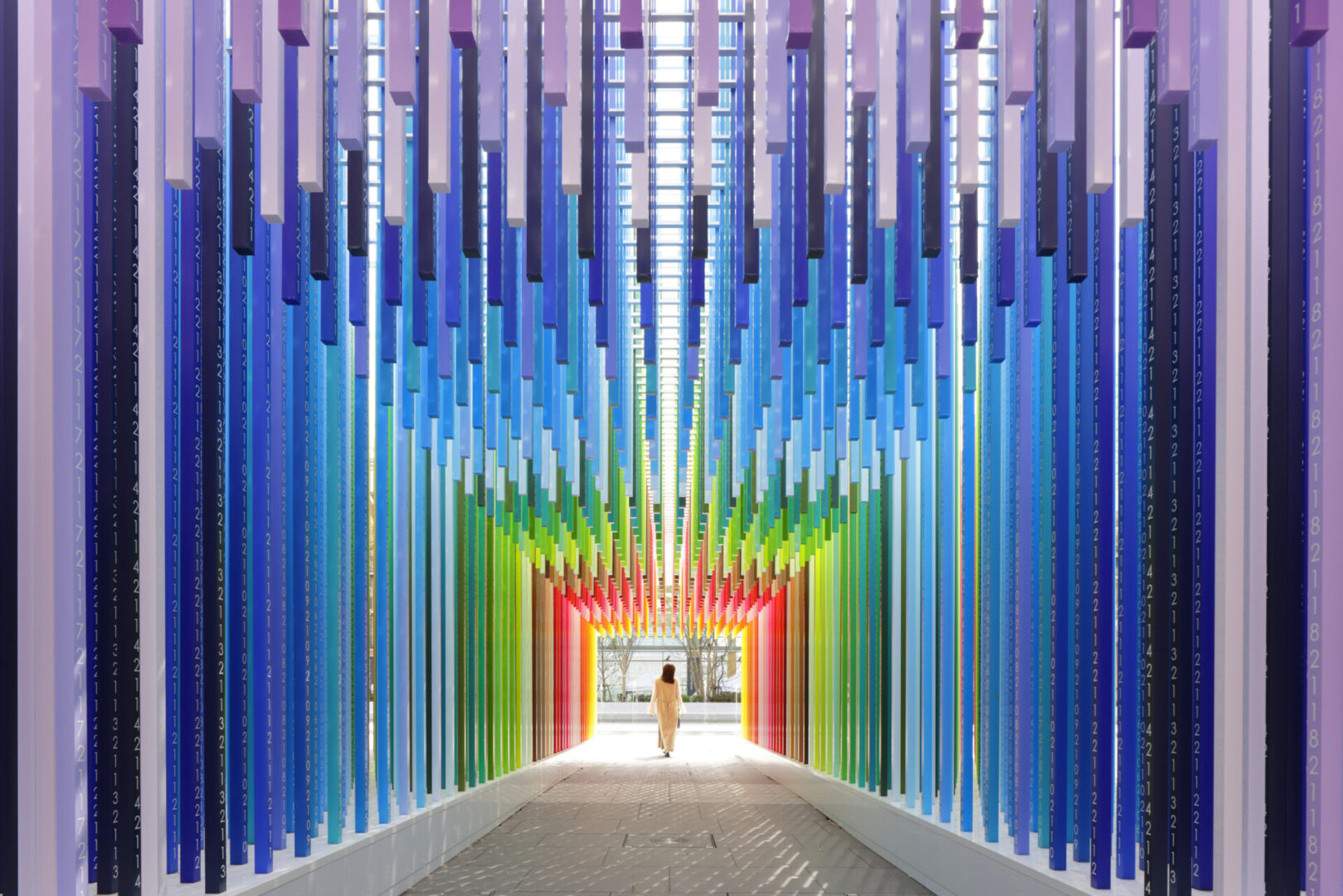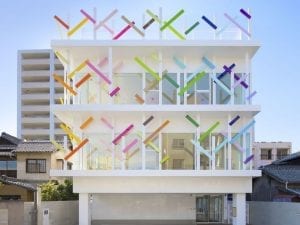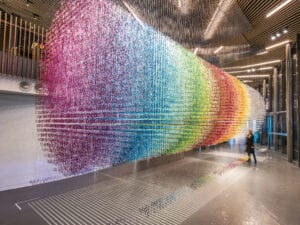French architect and artist Emmanuelle Moureaux has long captivated audiences with her vivid explorations of colour and space. Since moving to Tokyo in 1996, she has cultivated a unique artistic language rooted in the city’s vibrant, layered urban fabric. Her signature concept, “shikiri” which translates as “dividing space with colours” transforms everyday environments into immersive experiences that engage viewers emotionally and physically. Through her work, Moureaux invites us to see colour not simply as decoration but as a powerful tool to shape perception and connection.
The “100 colors” series, launched in 2013, remains central to her practice. Using exactly 100 hues, each installation forms a kaleidoscopic environment that mesmerises with its depth and complexity. From Tokyo’s Shinjuku Central Park to the Oslo Public Library’s soaring atrium, Moureaux’s work has appeared across the world, embracing diverse cultures while maintaining a distinct visual signature. Highlights include her sculptural entrance for Google’s Mountain View headquarters, installations at UNIQLO and ISSEY MIYAKE, and the acclaimed “Forest of Numbers” at The National Art Center, Tokyo.
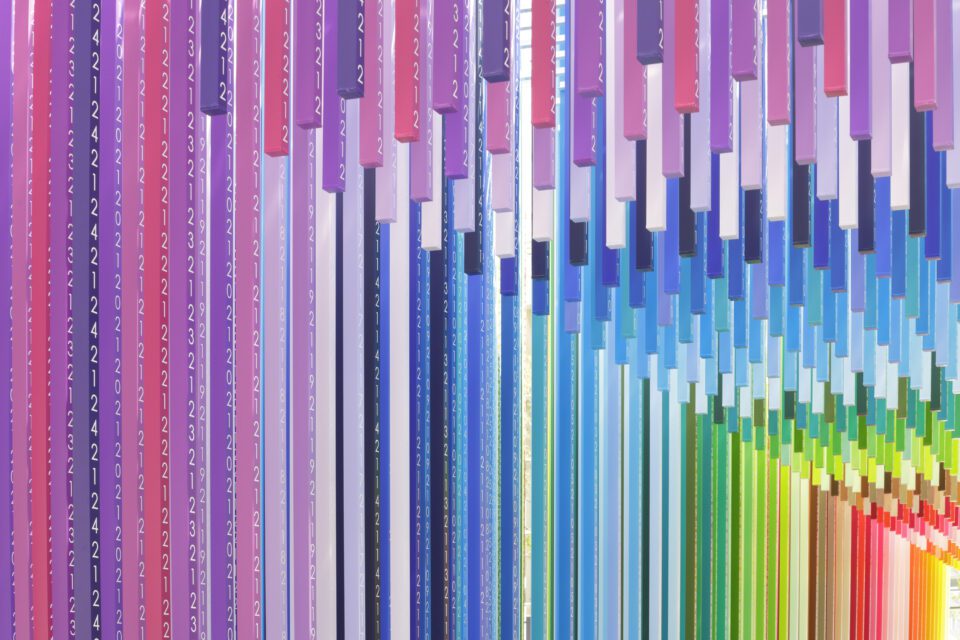
She was also shortlisted for the Aesthetica Art Prize in 2017, cementing her reputation as a visionary artist whose work transcends traditional boundaries between architecture and art. At the heart of her practice lies an invitation to rethink how colour affects our spatial and emotional experience. In Oslo, her installation of 10,000 suspended letters in 100 colours created a floating forest of light and form that transformed the library’s atrium into a space of wonder and contemplation. Continuing this exploration, Moureaux’s latest work, “100 colors no.53 ‘100 colors path,’” debuted in 2025 at Tokyo’s Takanawa Gateway City. Comprising 2,400 lines etched with years stretching a century into the future, the installation creates a physical and emotional journey through time.
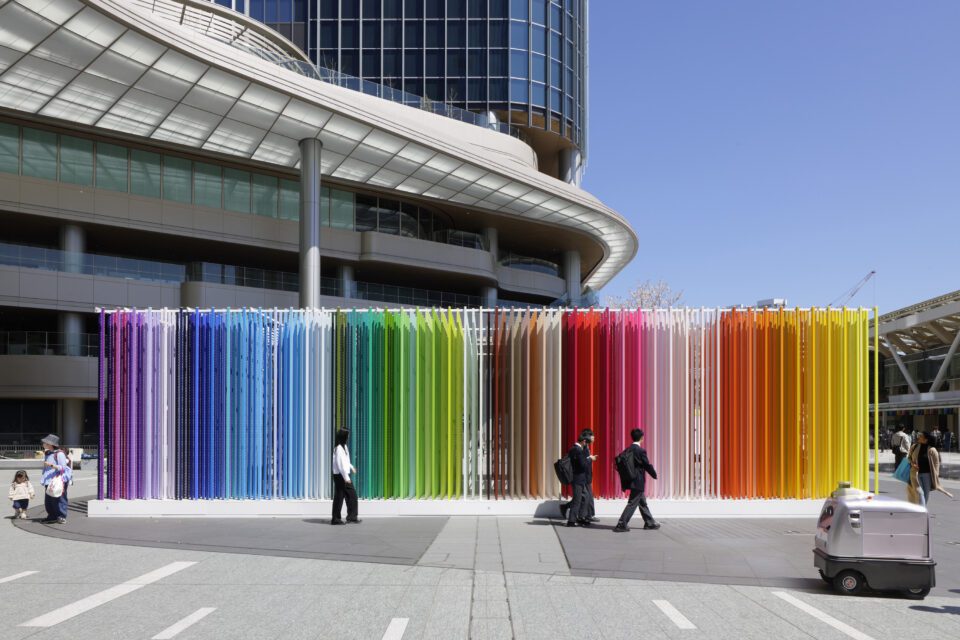
This piece embodies her enduring belief that colour divides and connects, framing experience across time and space. Moureaux’s work resonates alongside that of fellow light and installation artists such as James Turrell and Olafur Eliasson, who similarly engage perception and environment. Yet, where Turrell manipulates light to reshape our sense of reality, and Eliasson invokes natural phenomena to prompt reflection, Moureaux’s installations employ colour as a tangible, spatial material. This approach invites audiences to inhabit and navigate layered environments rich in emotion and meaning. Her concept of “shikiri” offers a poetic reimagining of spatial division.
Colour becomes a living architecture, crafting rooms and pathways that speak to memory, choice, and the flow of time. Tokyo’s complex urban mosaic, its layering of history, technology and culture finds vivid expression in her work, echoing the city’s dynamic energy. Globally, Moureaux’s installations foster inclusive, multisensory experiences that transcend language and culture. Whether suspended letters that seem to float in a Norwegian library or an archway of colour welcoming visitors in Tokyo, each project encourages physical engagement and introspection.
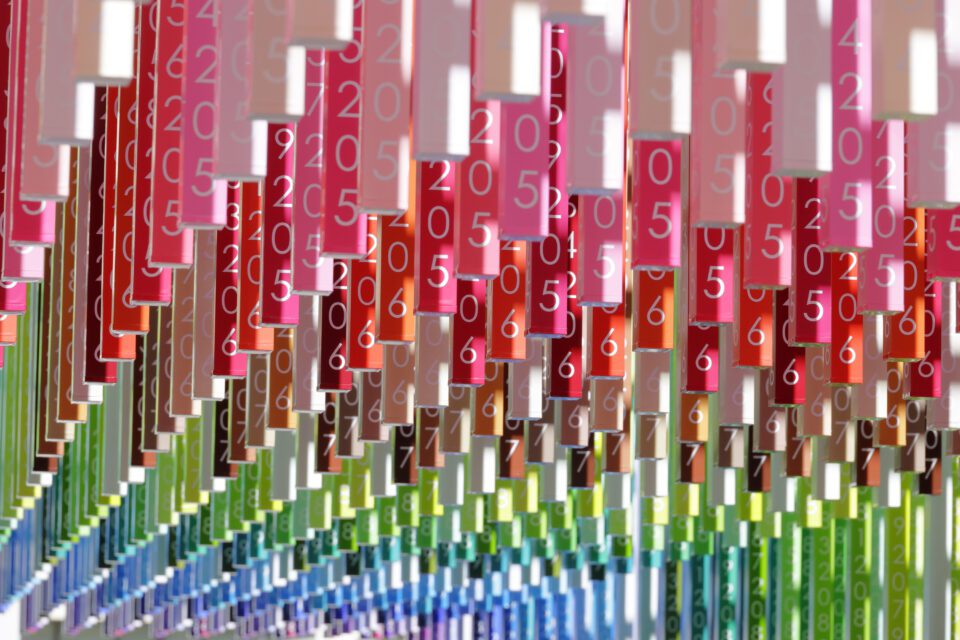
Her art transforms public spaces into immersive realms where colour becomes a universal language of connection. In the lineage of immersive installation artists like Anish Kapoor and Yayoi Kusama, Moureaux’s work captivates through scale, vibrancy and interactivity. Her installations do more than dazzle; they invite viewers into a dialogue with colour, space and time – encouraging reflection on the human experience itself. “100 colors no.53 ‘100 colors path’” is a stunning materialisation of time as a spectrum of hues, a century of possibility rendered tangible. By inviting visitors to walk through a timeline of colour, Moureaux transforms abstract concepts of time and future into visceral experience. The journey celebrates hope and choice, reminding us that the paths we take are both personal and collective.
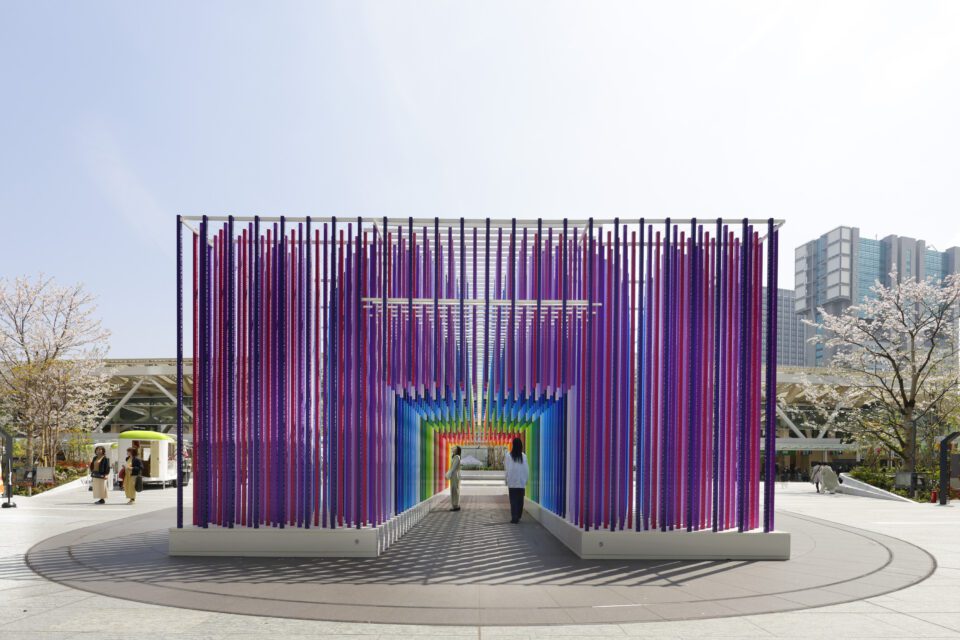
Emmanuelle Moureaux’s work reveals the emotional power of colour as an architectural and artistic force. Her immersive installations redefine the way we experience space, inviting us to rediscover the world through layers of vibrant hues and the emotions they evoke. As she continues to evolve her “100 colors” series and realise ambitious projects worldwide, Moureaux affirms colour’s profound capacity to shape perception, inspire connection, and celebrate the richness of human experience.
100 colors no.53 “100 colors path” is on display at Takanawa Gateway City, Tokyo until 21 July
takanawagateway-city.com | emmanuellemoureaux.com
The Aesthetica Art Prize is Open for Entries | Submit Your Work
Words: Shirley Stevenson
Image credits:
All images Emmanuelle Moureaux, 100 colors no.53 “100 colors path”. Photography: Daisuke Shima.


